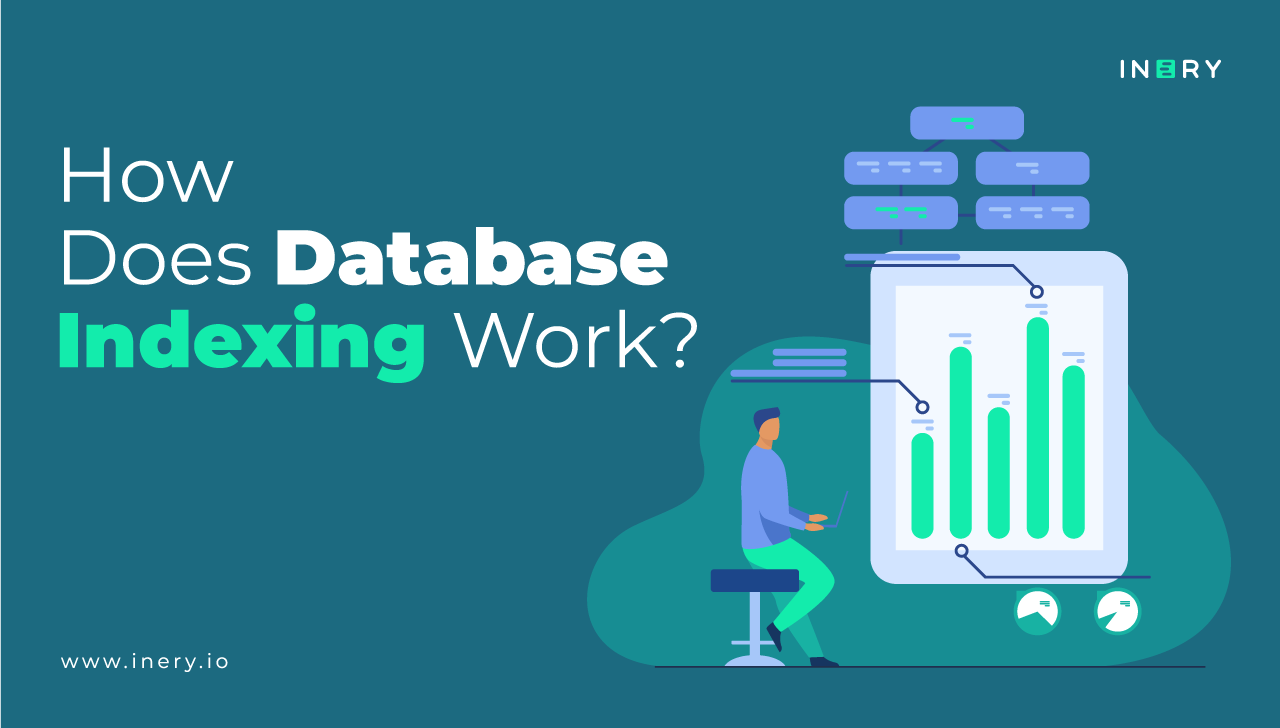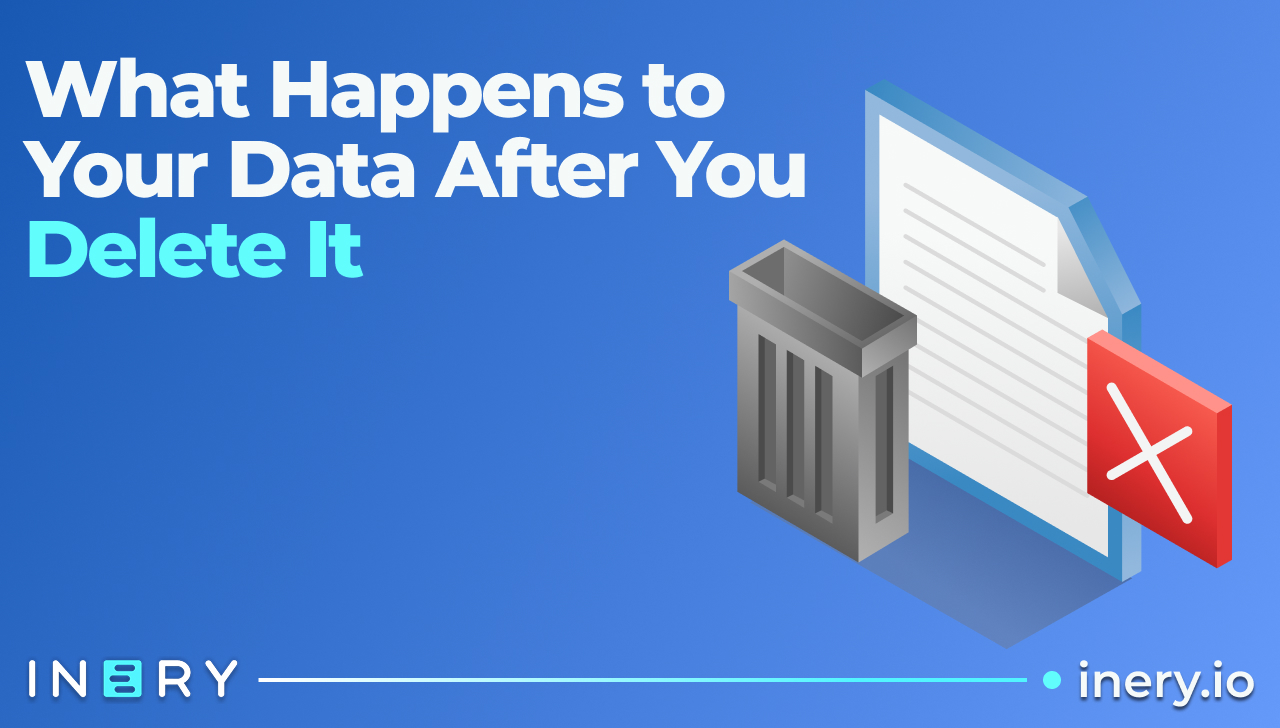We’ve all heard it before: “What goes on the internet stays on the internet.” It’s the cautionary phrase used to warn us about everything from embarrassing social media posts to personal information floating around in the digital ether. But beyond the internet, there’s another type of deletion we think about daily: clearing space on our phones, wiping old files from a laptop, deleting messages we wish we hadn’t sent. The button is labeled Delete, but does it actually mean what we think it does?
The short answer? Not really.
The longer answer? It depends on where your data lives and how it’s being stored.
What Actually Happens When You Delete Something?
The moment you hit delete, you assume the file is gone. But in most cases, it isn’t. It’s just been marked as “available space” for something else to eventually overwrite. Until that happens, the data is still there, lingering in the background.
On your computer or phone, deleting a file doesn’t erase it immediately. Instead, the system removes the reference to it, meaning the file is now invisible to you but still fully recoverable with the right tools. That’s why data recovery software exists. It’s not pulling things from thin air, just from storage that hasn’t yet been written over.
On the internet, things get even trickier. When you delete a post, an email, or an account, you’re relying on the service provider to actually remove it. But behind the scenes, data is often stored in multiple locations, backed up on redundant servers, and kept for compliance or internal record-keeping purposes. Even if you don’t see it anymore, that doesn’t mean it’s truly gone.
For example:
Cloud storage services often retain deleted files for a grace period (30-90 days) before purging them permanently.
Social media platforms may store deleted posts, messages, and even entire profiles for internal analytics, legal requirements, or "accidental" recovery.
Email providers archive deleted emails long after they’ve disappeared from your inbox.
In other words, deletion doesn’t necessarily mean erasure. Just that the data is out of sight.
Why Don’t People Realize This?
Because deletion feels final. The action itself, clicking a trash bin icon, erasing a message, gives us the illusion of control. Digital spaces are designed to make things feel as intuitive as possible, so when we delete something, we assume it behaves like a real-world object being thrown away.
But unlike crumpling up a piece of paper, where the evidence is physically destroyed, digital deletion doesn’t work the same way. Data exists in copies, in backups, in fragments across systems that are built to preserve, not erase.
Companies aren’t exactly in a rush to highlight this either. If people fully understood that their deleted files and messages might still exist somewhere, it would raise a lot of uncomfortable questions about privacy, data ownership, and security. Instead, we get a simple "Are you sure you want to delete this?" pop-up, which feels reassuring, even if it’s not entirely true.
Can Data Ever Be Fully Erased?
So, is permanent deletion even possible?
Yes, but it’s harder than you think.
To truly erase data, it needs to be overwritten multiple times. That’s why companies offering secure deletion services don’t just press delete. They write over the original data with random information, ensuring it can’t be reconstructed.
Then there’s physical destruction. If you’ve ever seen a spy movie where someone shreds a hard drive or melts a USB stick, that’s not just paranoia, that’s one of the only guaranteed ways to make sure data is unrecoverable. Smashing a phone or running a magnet over a hard drive? Those work too.
But in a world where most data is stored digitally across multiple locations, even physical destruction isn’t always a perfect solution. The more connected a system, the harder it is to truly delete anything.
Which brings us to an even more advanced solution: cryptographic erasure.
What is Cryptographic Erasure?
Instead of physically destroying a device or overwriting data multiple times, cryptographic erasure makes data useless by deleting its encryption key.
Think of encryption like a locked safe that only opens with a unique key. If you erase the safe’s contents manually, there’s still a chance someone can reconstruct what was inside. But if you destroy the only key that can unlock it, the information inside becomes permanently inaccessible.
Cryptographic erasure is used in:
Cloud storage systems to quickly remove sensitive files without needing to overwrite massive amounts of data.
Enterprise security protocols for organizations that need to revoke access instantly.
Data centers where entire sets of data must be rendered unreadable in seconds.
Unlike traditional deletion, cryptographic erasure is fast, efficient, and nearly impossible to reverse. Instead of waiting for data to be physically overwritten or hardware to be destroyed, simply removing the decryption key makes everything inside completely unreadable.
For businesses handling highly sensitive data, cryptographic erasure is often the only reliable way to guarantee that once something is deleted, it’s truly gone.
Why This Matters for Businesses
For companies handling sensitive information, the illusion of deletion can be a serious liability. Customer records, financial transactions, and proprietary business data aren’t just files that can be casually wiped away. Assuming that deleting something makes it disappear is dangerous, especially for businesses that must maintain strict control over their data. If a company believes certain information is gone, only for it to resurface later in an audit, legal dispute, or data breach, the consequences can range from financial losses to compliance violations and reputational damage.
The problem? Most deletion processes don’t actually erase data in the way businesses expect. When an employee deletes an email or a client removes personal data from an account, that information often still exists. Backups, mirrored servers, and redundant storage systems mean that so-called "deleted" records can persist, sometimes long after they were assumed to be erased. In industries where regulations demand either long-term retention or guaranteed removal of data, this becomes a fundamental challenge.
For example, financial institutions must retain transaction logs for years to comply with regulations, but they must also ensure that personal customer data can be permanently erased upon request. Similarly, companies dealing with intellectual property need to guarantee that sensitive documents, once deleted, do not remain accessible in any form. Without proper deletion protocols, confidential information might linger in unmonitored storage locations, leaving businesses exposed to unauthorized access, data leaks, or legal repercussions.
Beyond data persistence, there’s the risk of accidental or intentional data manipulation. In high-stakes environments, where contracts, patient records, or financial agreements dictate real-world consequences, companies must have precise control over what was deleted, when, and by whom. If an employee erases something that was never meant to be removed, or worse, if a company has no way to prove whether data was deleted or still exists, it creates chaos in compliance and accountability. Some of the biggest corporate scandals in history have involved "deleted" records reappearing at inconvenient times, proving that deletion does not always mean disappearance.
For businesses, the illusion of deletion isn’t just misleading. It’s a major risk. A company might believe it has erased customer data, financial records, or proprietary information, only to have those files resurface in a security breach, a legal dispute, or a compliance audit.
The stakes are high. In industries like finance and healthcare, where strict data protection laws apply, failing to properly delete sensitive data can result in massive fines and lawsuits. Regulations like GDPR give individuals the "right to be forgotten," legally requiring companies to ensure that when data is deleted, it is completely and irreversibly erased. If a company claims to have done so but an undisclosed backup still exists, it is in violation of the law.
And beyond legal risks, there’s the issue of trust. If customers discover that a company can’t fully remove their personal information upon request, it damages credibility. No one wants to do business with an organization that lacks control over its own data.
The Need for True Data Control
Businesses need more than just a delete button. They need clear policies on data retention, controlled deletion mechanisms, and technologies like cryptographic erasure, which ensures that once something is deleted, it’s actually gone.
Unlike traditional deletion, cryptographic erasure works by destroying the encryption keys that make the data readable, making it permanently inaccessible without the need to physically overwrite storage. This approach is fast, efficient, and nearly impossible to reverse, making it one of the most effective ways to enforce true, irreversible data deletion.
In a digital world where deletion is often an illusion, businesses must take real control over their data. Whether it’s ensuring records never disappear or guaranteeing that once something is erased, it stays erased, companies need to rethink what "delete" actually means.

Inery•
2 years ago
How Does Database Indexing Work?
Learn to set up a database index and optimize your queries. Click here to read our go-to guide to indexing databases. ...READ MORE

Share

Inery•
2 years ago
Run Your Business With These Web3 Solutions
Web3 solutions open up a whole new world of opportunities for businesses. Want to know how? Click here. ...READ MORE

Share

Inery•
2 years ago
Databases Unchained: Navigating the Centralized-Decentralized Landscape
Explore the intricate world of database management, weighing the strengths of centralized and decentralized systems, and discover Inery. ...READ MORE
-1700122570.png)
Share

Inery•
2 years ago
Google, Amazon, Apple, and Meta: Guardians or Intruders of Privacy?
The biggest names in Big Tech know more about you than you may be comfortable with. Click here to see how bad the situation is. ...READ MORE

Share
Most popular today



